B-hyve:
There's a Better Way.
There's a Better Way.
You may have heard that you need to decide between having green outdoor spaces and doing your part to conserve water during this devastating drought. The truth is, having a lawn or garden has benefits for your health and wellbeing1 and reduces the temperatures around your home.2
It's possible to maintain your green spaces without wasting water and while staying inside of regulations.
Replacing your entire green space with gravel and dirt is an extreme measure that can have lasting impacts. Turf is excellent for preventing soil erosion, meaning it helps prevent runoff and potential flooding around your home.3 Grass has also been shown to have the potential to help mitigate climate change effects by trapping greenhouse gases.4
While replacing grass with rocks and gravel can seem like an easy, environmentally-friendly way to reduce your water usage, a thoughtfully planned lawn and garden are better for the environment and can be maintained with minimal watering.


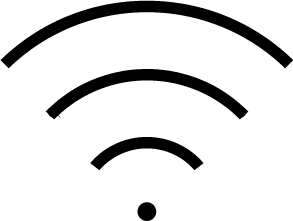
B-hyve® is Wi-Fi enabled, so you can control your watering system from anywhere in the world on your phone, tablet, or computer.
The B-hyve® app informs you of drought levels in your area and allows you to adjust to your local restrictions. EPA WaterSense Certified.
B-hyve® sprinkler timers control watering based on your property attributes and current, hyper-local weather data.

Use smart watering, manual, or a combination of both. The freedom and control to water however works for you.
B-hyve® notifies you when watering completes, if a weather delay has been initiated, or if the controller disconnects.

Control your B-hyve® smart sprinkler controller with Amazon Alexa® or the Google Assistant® to easily water.
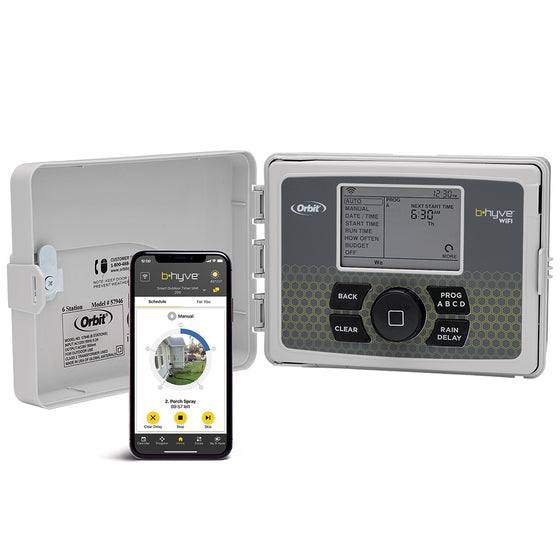
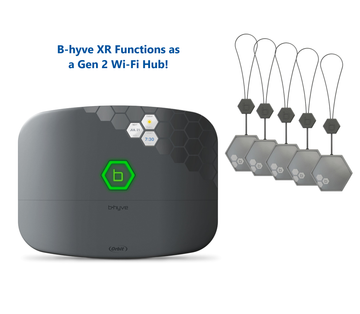
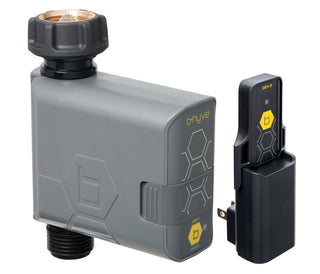
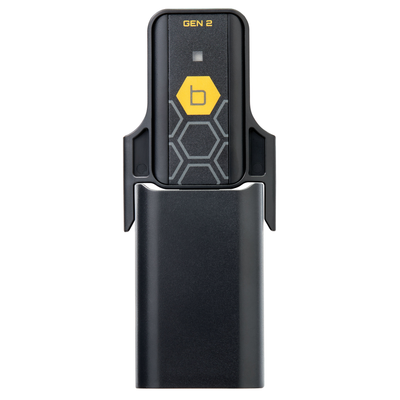
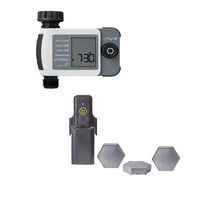
The full line of
Check out all that B-hyve has to offer and take control of your home's water use.
1. "Spending time in the garden is positively associated with health and wellbeing: Results from a National Survey in England." Landscape and Urban Planning. 2020.
2. "Maryland Turfgrass Survey - 1996: An Economic Value Study" Institute of Applied Agriculture. University of Maryland. 1996.
3. "The Role of Turfgrasses in Environmental Protection and Their Benefits to Humans" Journal of Environmental Quality. 1994.
4."Turfgrass and Climate Change" Agronomy Journal. 2017.